Motion sensors can control almost any type of residential lighting. Most motion sensors are used: for security, scaring off intruders ; for convenience, no more fumbling in the dark for switches or using a shoulder to bump the switch when both hands are full of groceries; to save electricity, no more forgetting to switch off lights, worrying about forgetting after having left the house, reminding the kids to remember to switch off.
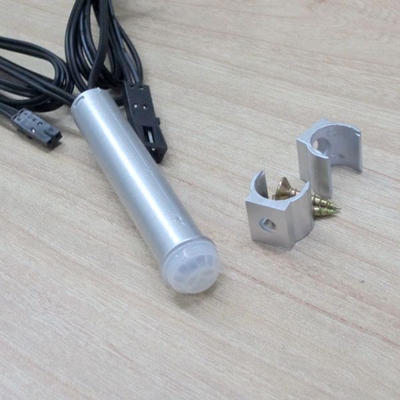
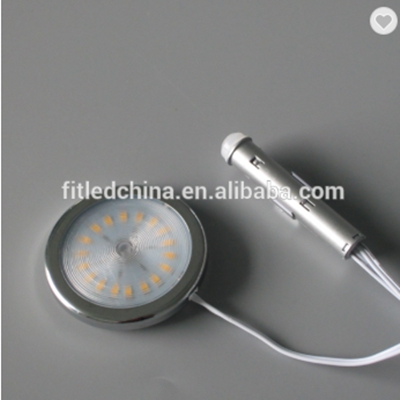
Motion Sensor Outdoor Security Lights, Porch Lights, and Flood Lights
Motion sensor outdoor lights can look like normal porch and floodlights. They have standard sockets for incandescent and CFL bulbs or quartz halogen lights.
Useful features include:
- Adjustable sensor range/sensitivity to avoid false triggers from street traffic, wind-blown bushes or trees. Sometimes adjusting doesn’t work and the bushes or trees need to be trimmed or cut down.
- Photocell to avoid switching on in daylight.
- Two brightness levels: timer-based medium brightness for general illumination (dusk to dawn or dusk plus 3 or 6 hours), high brightness when motion is detected to scare off intruders.
Solar Powered Motion Sensor Lights
Solar powered lights don’t need wiring but most home units lack power/brightness. They can be useful for some small outdoor applications.
Advantages
- Easy to install. No electrical wiring needed.
- Will work even if mains electricity supply is cut.
Home Motion Sensor Light Switches
For indoor use, the motion sensor isn’t normally built into lamps. Instead, motion sensors are built into
- Standard wall switches, hard-wired by the electrician to ceiling or wall lights.
- Standard wall sockets, for plug-in table lamps and night lights.
This is for maximum flexibility because any existing lights can be used.
Some can be wired as 3-way switches, either with a manual switch (acting as a manual override) or with another sensor. This allows the light to be switched from two locations.
As with outdoor sensors, photocells are used to stop the sensor from switching the lights on during the daytime. However, some rooms are relatively dark even in daylight, causing the sensor to switch the light on. In such situations, the sensor should be placed in a brighter corner of the room, or a manual-on/auto-off switch can be used.
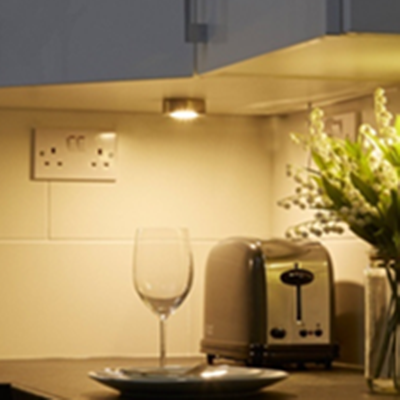
Battery-Powered LED Motion Sensor Lights
As with solar systems, battery-powered motion sensor lights use LEDs to maximize the limited electrical power available.
Many are small and light, palm-sized, easy to mount with just double-sided tape. They are suitable for closets, basements, garages and other low traffic areas.
Batteries should be AA or AAA for higher energy capacity. Small button or coin cell batteries will need more frequent replacement.

The Best Motion Sensor Light
There are a wide variety of motion sensors, suitable for different situations and requirements. Choosing the right sensor and lamp combination involves knowing the usage scenarios and wiring limitations.
Problem areas to look out for include
- Sensors that are too sensitive, switching on when not wanted.
- Sensors that are not sensitive enough, switching on too late.
- Unreliable switches, failing after a few weeks or months.
- Sensors that need to be manually reset after an electrical mains power cut and restoration.
-
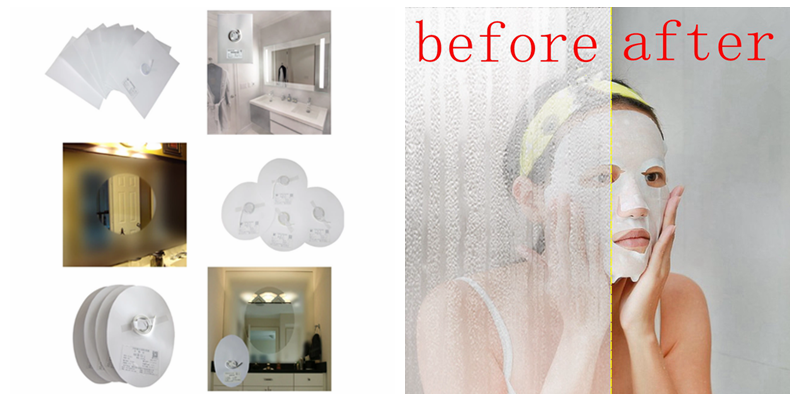 How to Install Heat Pad on Mirror?
How to Install Heat Pad on Mirror?Do you like ?0
Read more -
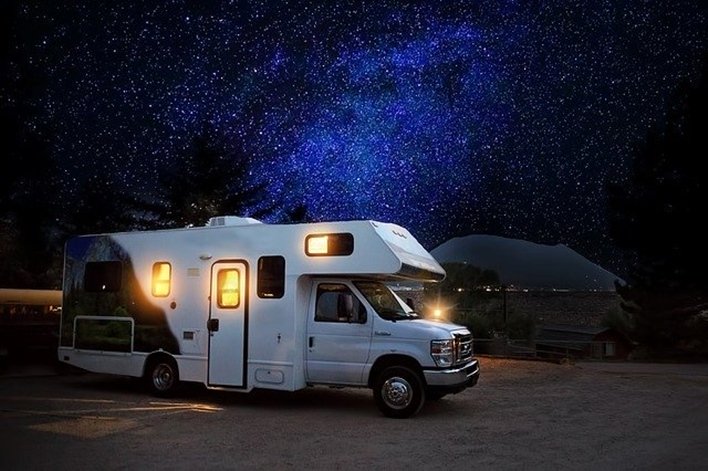 Why LED Lights are Perfect for RVs & Boats?
Why LED Lights are Perfect for RVs & Boats?Do you like ?0
Read more -
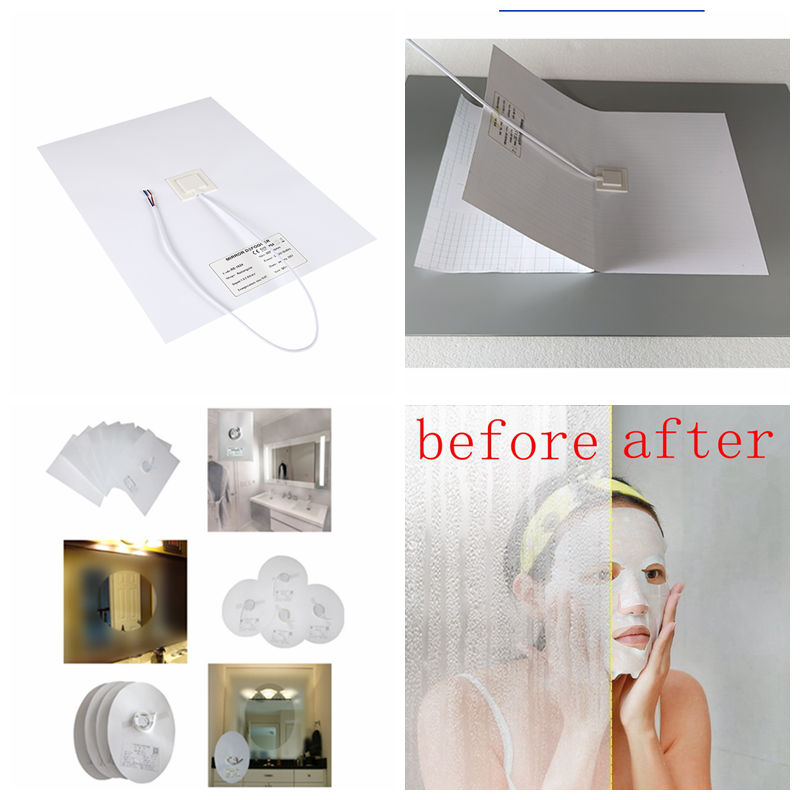 How Good Anti-fog Film for Mirror!
How Good Anti-fog Film for Mirror!Do you like ?0
Read more -
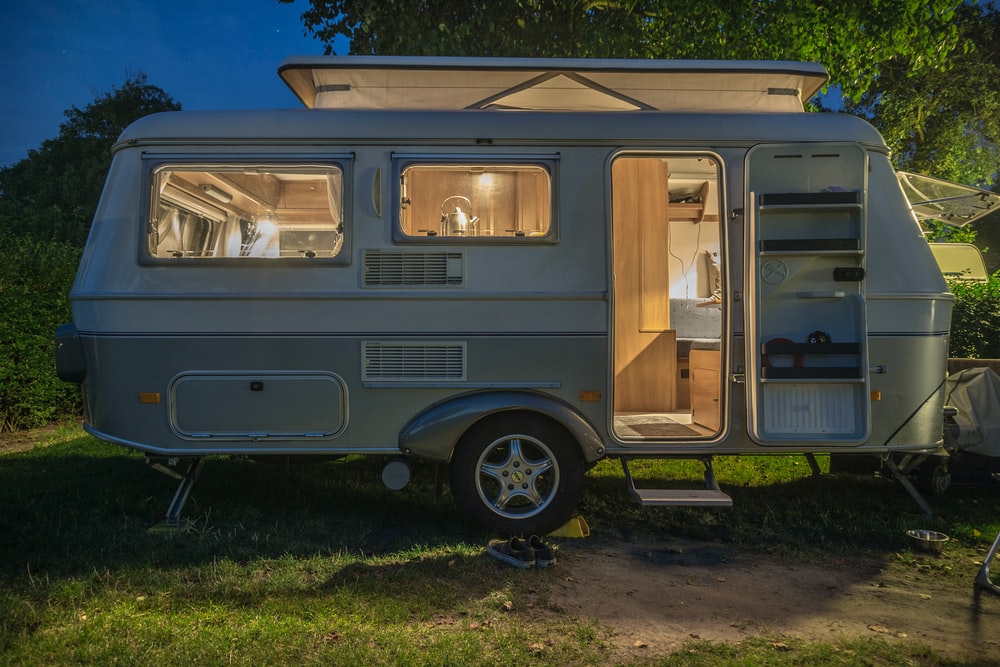 How do you choose which lights to buy for your RV’s interior?
How do you choose which lights to buy for your RV’s interior?Do you like ?0
Read more -
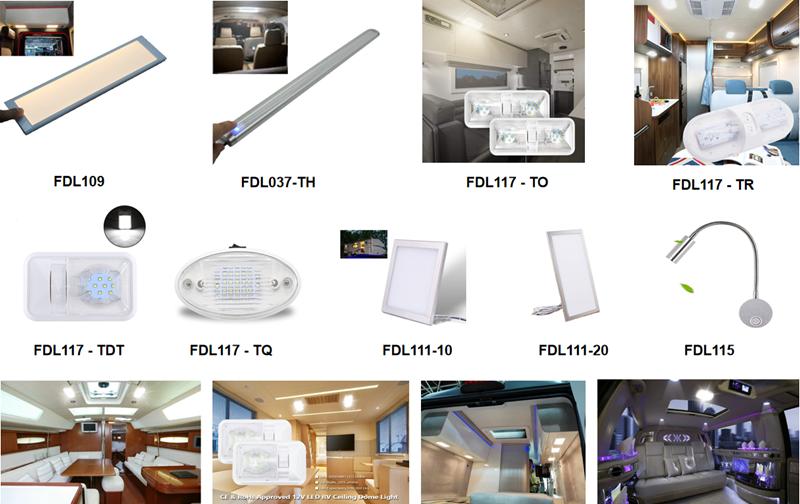 What Are the Most Common Interior Lights Used by RV Manufacturers?
What Are the Most Common Interior Lights Used by RV Manufacturers?Do you like ?0
Read more -
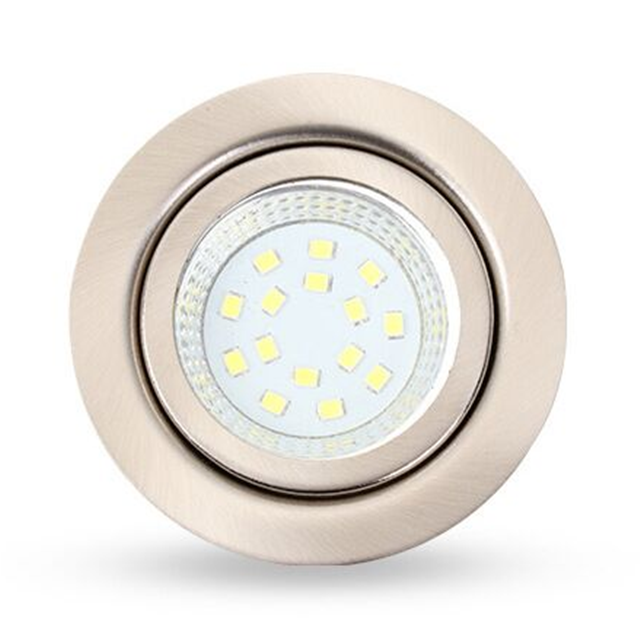 Do You Know The Great Uses for Puck Lights?
Do You Know The Great Uses for Puck Lights?Do you like ?0
Read more






